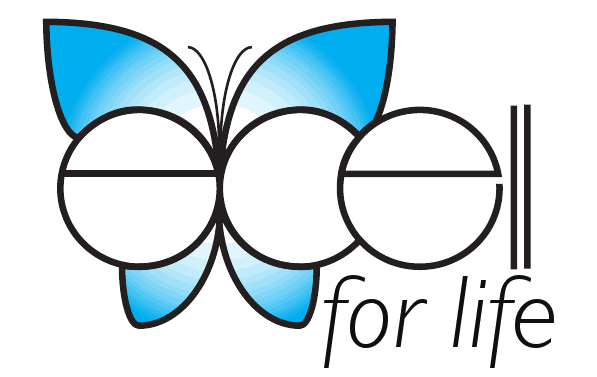Halitosis = Bad Breath!
Bad breath is any offensive odor on the breath, and is present in 15-30% of people (can be as young as age 2, but usually is a problem more of adults, and increases with age). 80-90% of bad breath originates in the mouth – largely the result of bacterial breakdown releasing gasses from stagnant saliva, food debris, mouth cells coming off in normal cell turnover, blood, and postnasal drip in the oral cavity. The odor can be much worse with oral pathology such as gingivitis, periodontitis, cavities, imperfect dental restorations, and unclean dentures. 5-8% of bad breath is from the nasal passages – due to infections, thick mucous or polyps, oral or nasal cancers, and foreign bodies in children. 3% of bad breath originates from tonsils – due to recurrent infection or tonsillolliths (stones). 1-2% can arise from other sources – such as lung infections, kidney or liver failure, cancers, and biochemical disorders. Bad breath almost never arises from the esophagus, stomach, or intestines, and there is no higher incidence in people with dry mouth.
Approximately 25% of people seeking professional help for bad breath are halitophobics = exaggerated concern of bad breath when they actually have little or none.
Treatment (part from “Bad Breath” by Mel Rosenberg, PhD)
People with an identifiable cause of bad breath need to treat those conditions – such as dental problems, postnasal drip, infections. Many cases of bad breath can be alleviated by
Proper dental care and oral hygiene (thoroughly brushing and flossing your teeth at least twice a day)
Gentle cleansing of the posterior tongue with a tongue cleaner or toothbrush (often need to get very far back-can hold tongue out with a washcloth and make sure to be gentle)
Rinsing and deep gargling with an effective mouthwash after brushing and flossing – this is most effective when done at bedtime, since bacterial activity leading to bad breath is greatest during the nighttime —-the most effective mouthwashes contain chlorhexidine gluconate, like Peridex, at 0.12-0.2 percent (only 0.12percent is readily available in the US)
Eating fibrous foods
Chewing sugar free gum briefly if the mouth is dry or after meals, especially with high protein intake
Sufficient daily water intake – 1/2-1 gallon/day
Decreasing alcohol and coffee intake
Gargling with saline and or saline nasal irrigations in people with allergy or mucous problems
Information is available at http://www.smellwell.com/, or http://www.youtube.com/ “Bad breath – a human condition”. Consulting a good dentist is advisable for most people with bad breath, but be very careful of some “bad breath experts/dentists” who are involved in pyramid marketing operations selling particular and overpriced products.
Factors which can exacerbate bad breath – accumulation of postnasal drip on the back of the tongue, poor oral hygiene (esp. failure to floss), improper dental care (faulty bridgework, crowns, abscesses), mouth breathing, unclean dentures and those left in mouth unnecessarily at night, alcohol consumption, being overweight, menstrual cycle, proteinaceous foods stuck between the teeth, onions and garlic.
